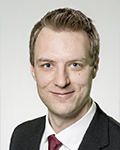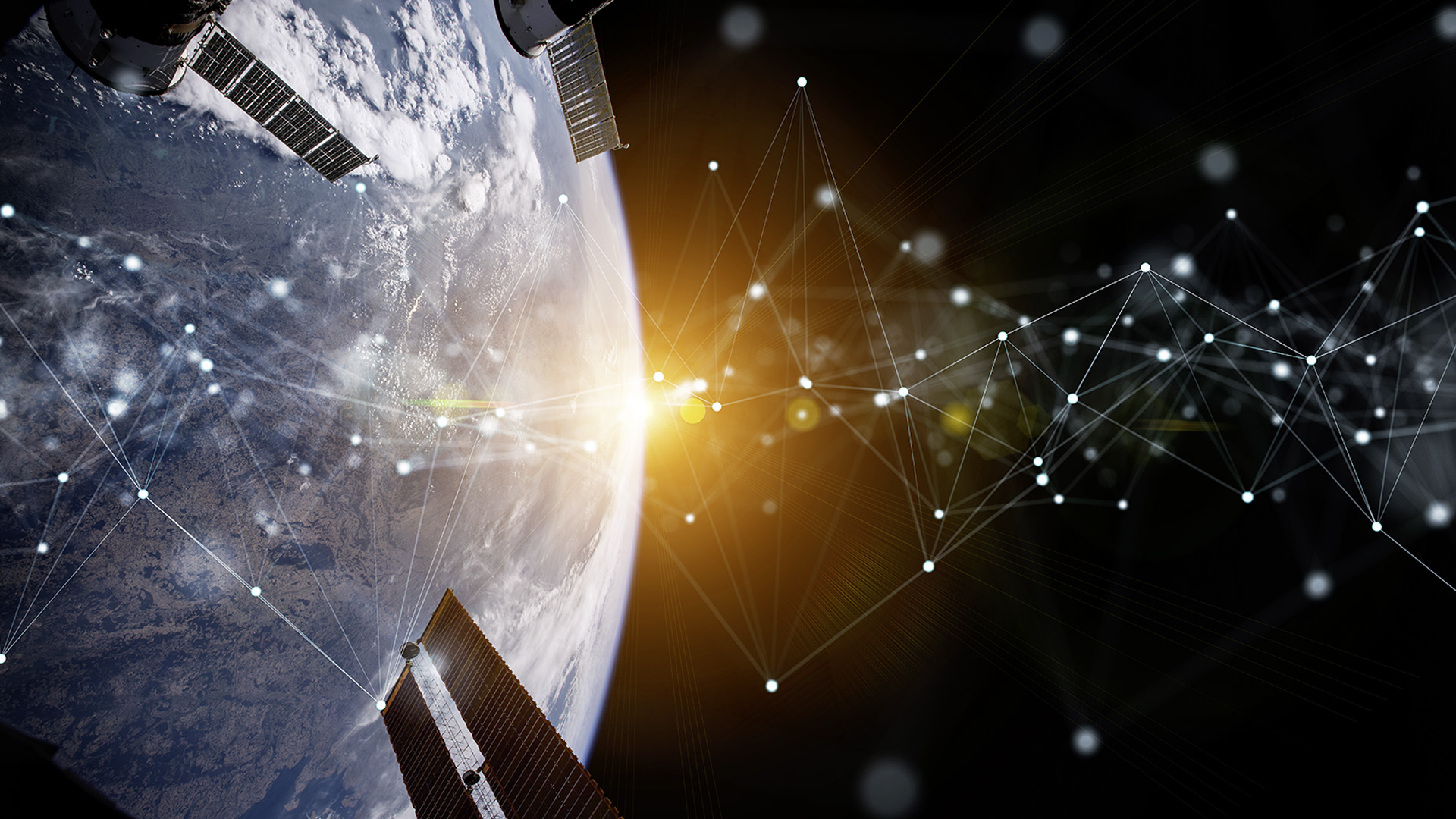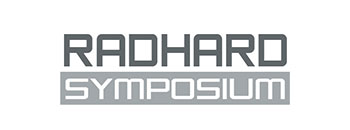Abstract

CORHA-2: Advancing Radiation Testing and AI-driven Reliability for COTS Components
Christoph Tscherne1, Peter Beck1, Lukas Huber1, Marcin Latocha1, Christian Marchhart1, Valentin Wagner1, Michael Wind1, Marta Bagatin2, Simone Gerardin2, Marc Poizat3
1 Seibersdorf Labor GmbH, Austria
2 University of Padova, Italy
3 European Space Agency, ESA
Abstract
The CORHA-2 project, initiated in October 2024, is a three-year European Space Agency (ESA) endeavor led by Seibersdorf Laboratories in partnership with the University of Padova. Building upon the achievements of its predecessor, CORHA-1, this project aims to advance radiation hardness assurance (RHA) methodologies for commercial off-the-shelf (COTS) components vital to the European space industry.
This presentation will delve into the project's initial phases, encompassing the selection of critical electronic components—including III-V semiconductors, data converters, memory devices, and oscillators—and the development of comprehensive radiation testing strategies. These strategies incorporate Total Ionizing Dose (TID) assessments and Single Event Effects (SEE) evaluations using heavy ions and pulsed laser techniques.
Key innovations of CORHA-2 include the establishment of a publicly accessible database to enhance transparency in radiation testing data, the formulation of updated COTS guidelines tailored for low-cost space missions, and the integration of artificial intelligence (AI) and machine learning (ML) models to refine predictive accuracy in RHA processes. These efforts collectively aim to set new benchmarks for reliability, cost-efficiency, and sustainability in space technology.
For more information, visit the CORHA-2 website: https://www.seibersdorf-laboratories.at/corha2
And follow CORHA-2 on LinkedIn: http://linkedin.com/showcase/corha-seibersdorf-laboratories
Acknowledgments
We acknowledge the support by the European Space Agency, ESA under the ESA contract No. 4000146277/24/NL/KML

